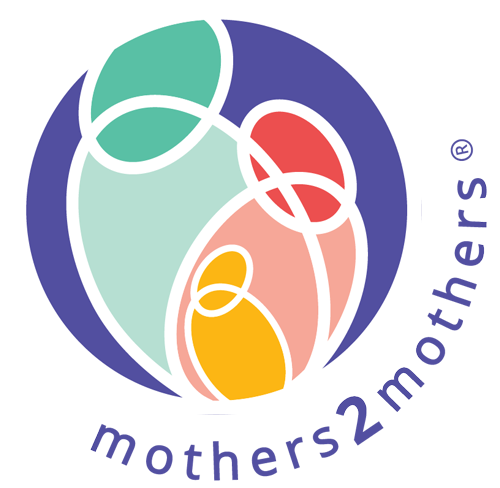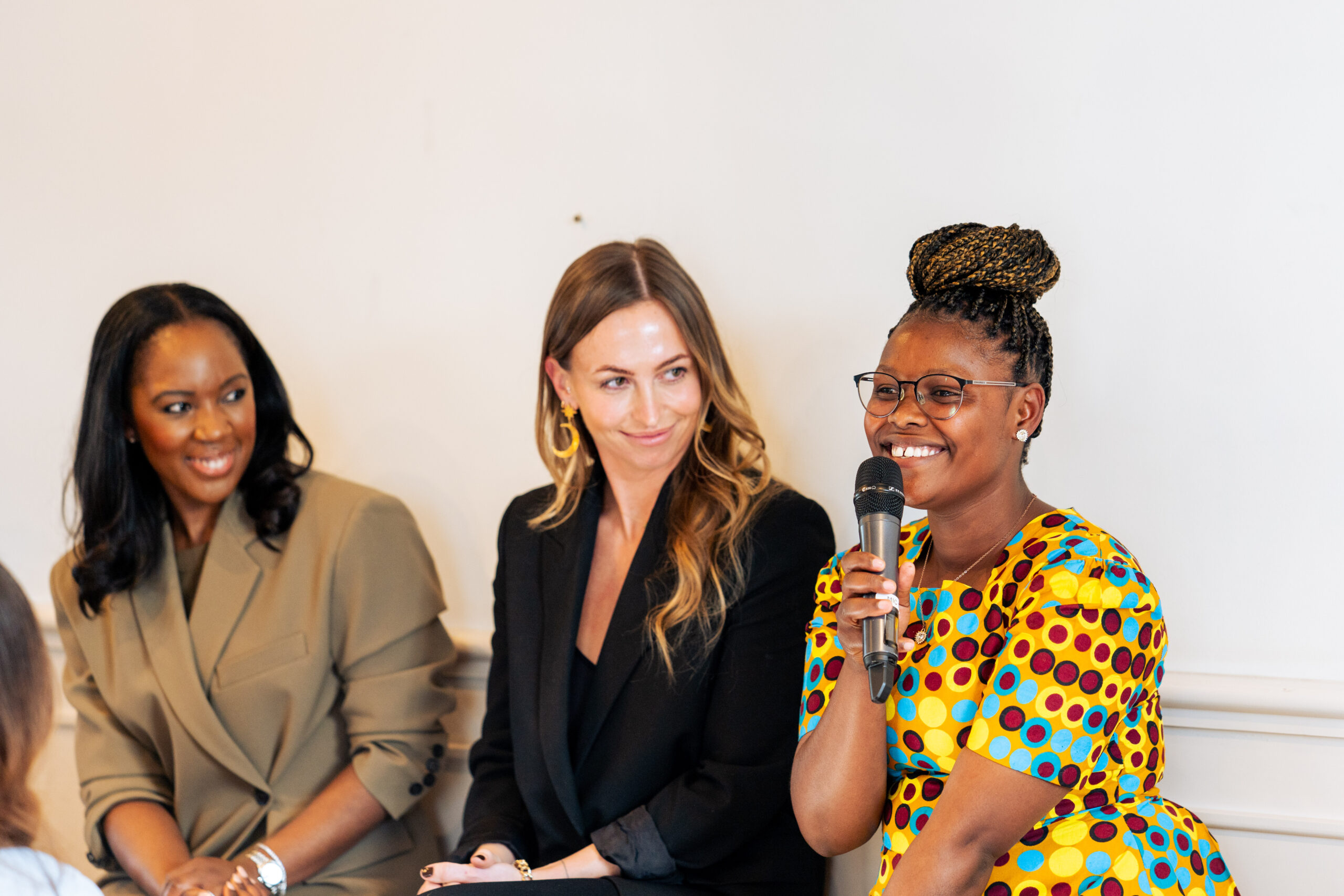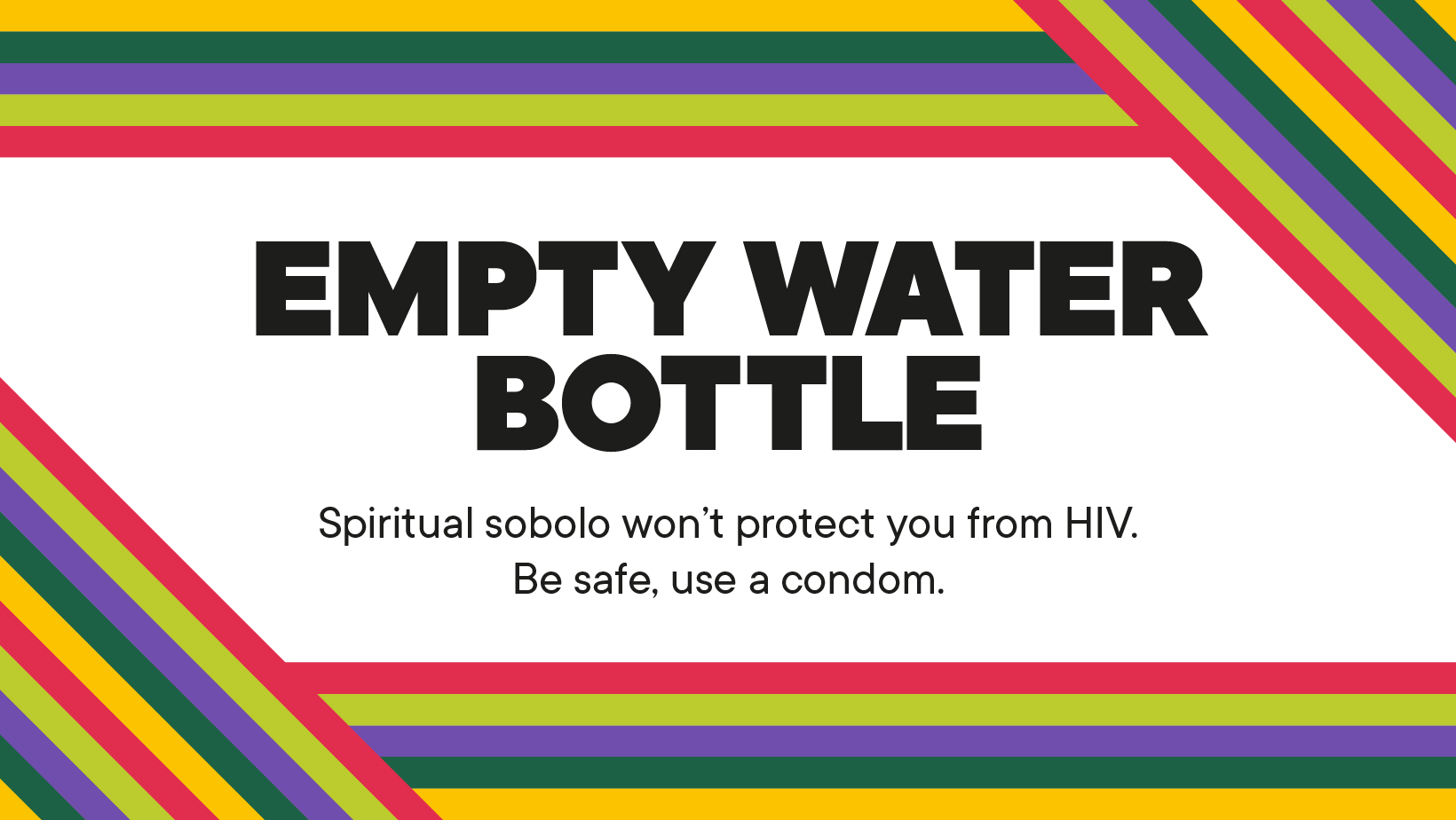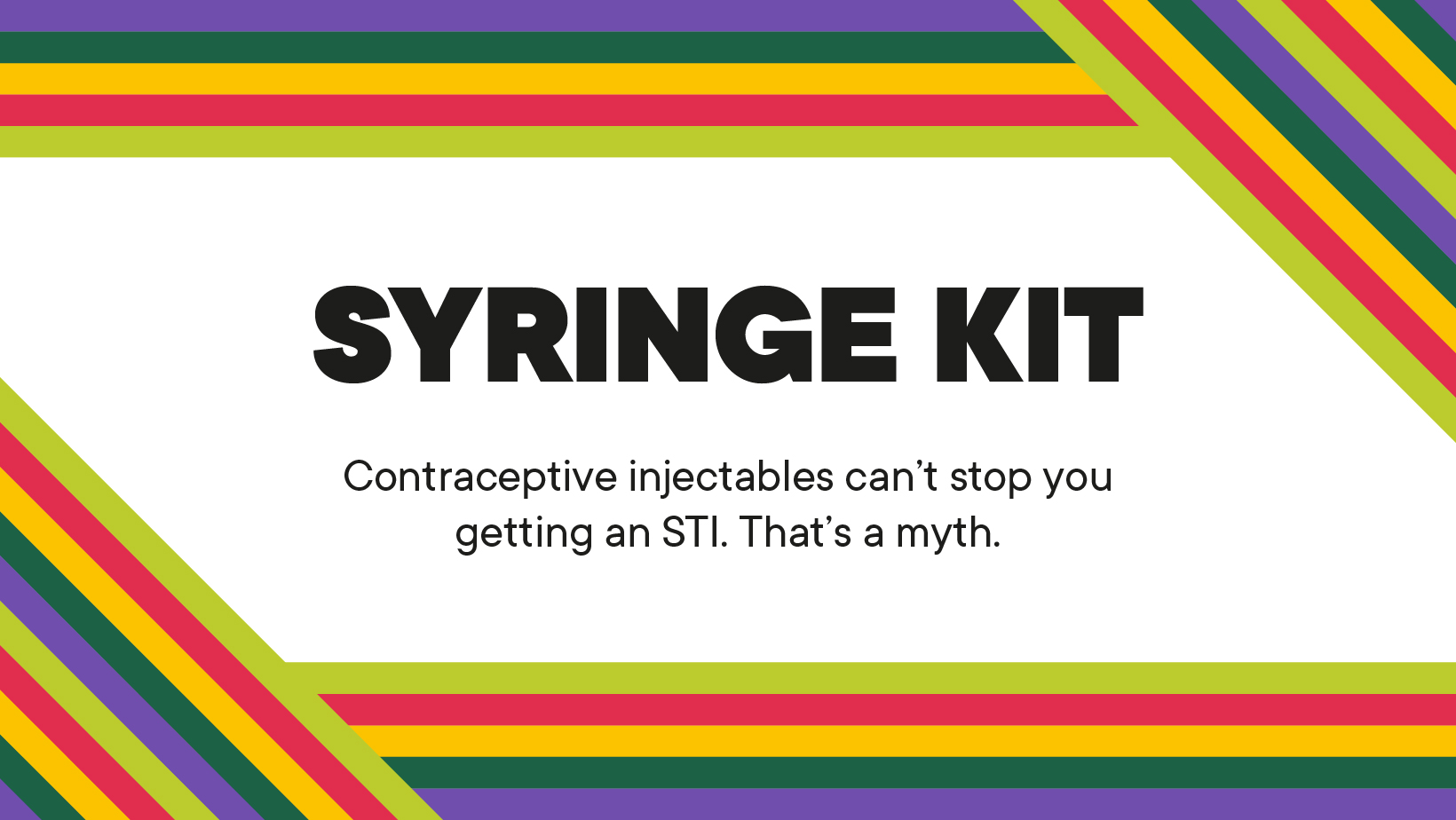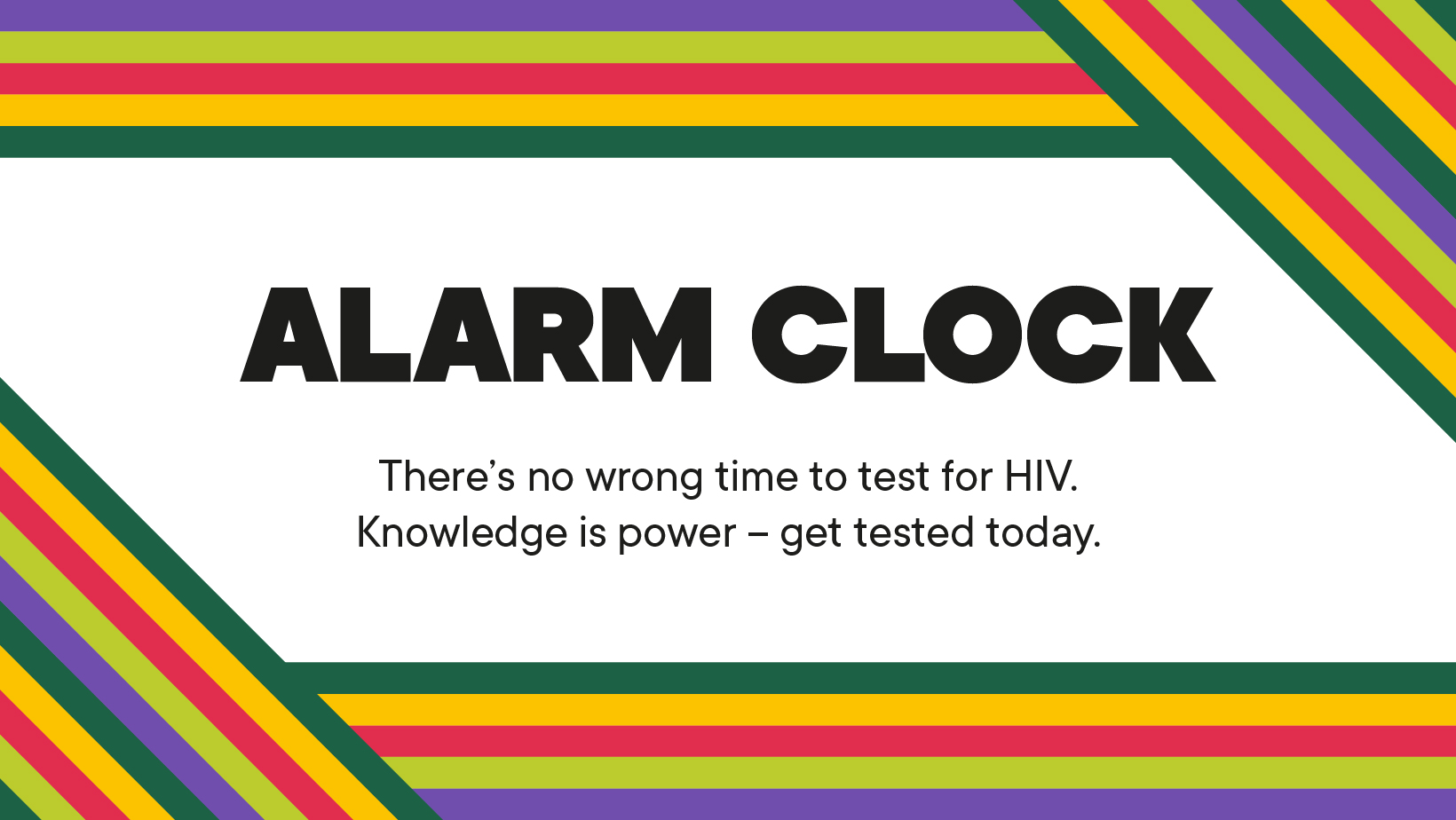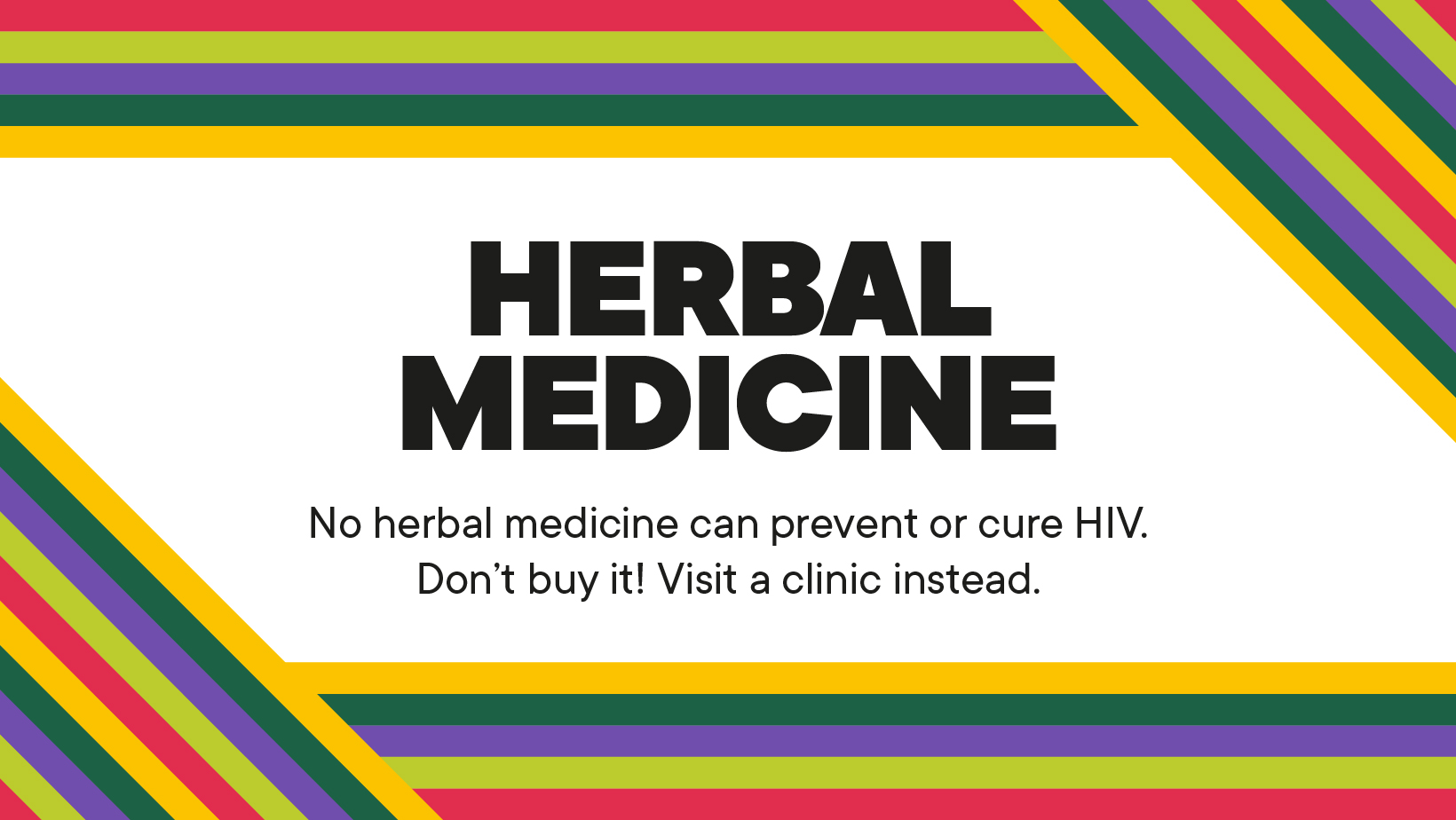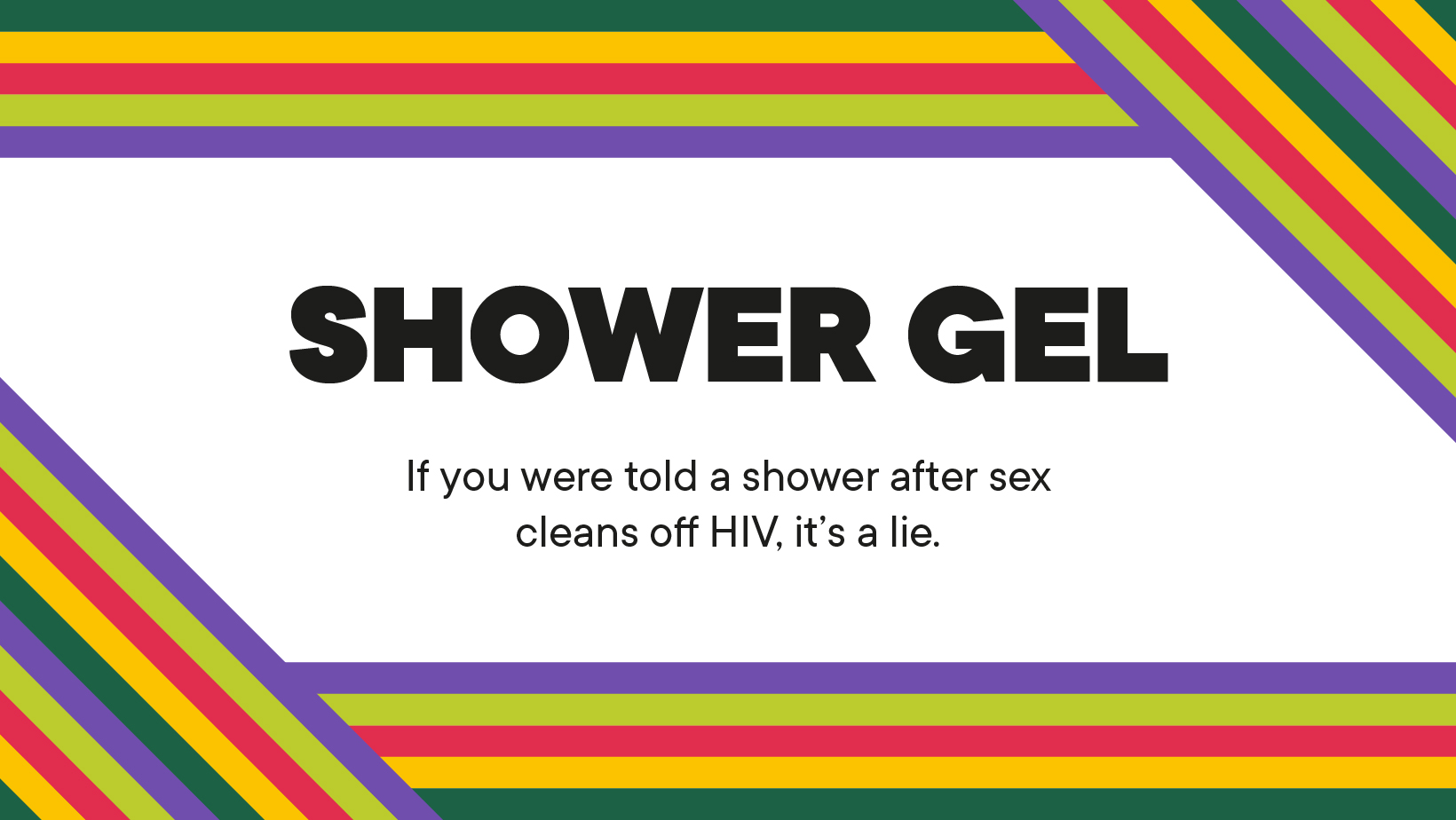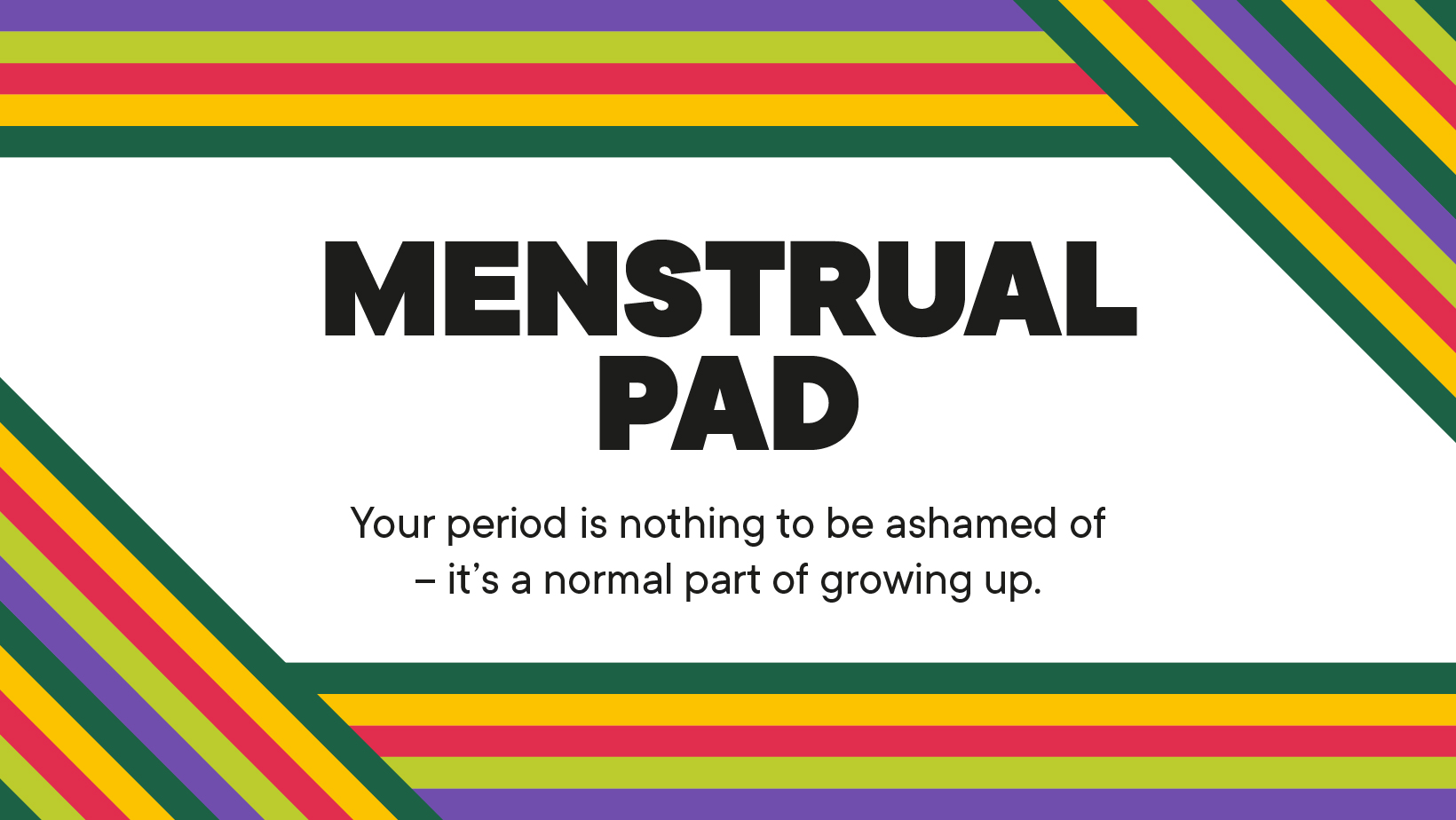What We Heard and Learned at… the International AIDS Society Conference
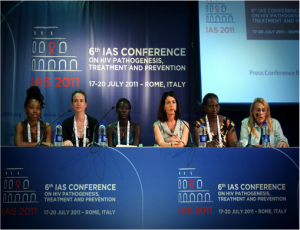 In the thirty years since the first HIV diagnosis, there have been significant improvements in the treatment available to people living with HIV. Still, there is much work to be done. The 6th International AIDS Society Conference, held in Rome, focused on improving access to key life-saving care and treatment for pregnant women and new mothers living with HIV, particularly in resource-constrained settings, like Africa.
In the thirty years since the first HIV diagnosis, there have been significant improvements in the treatment available to people living with HIV. Still, there is much work to be done. The 6th International AIDS Society Conference, held in Rome, focused on improving access to key life-saving care and treatment for pregnant women and new mothers living with HIV, particularly in resource-constrained settings, like Africa.
Shungu Gwarinda, South African Country Director at mothers2mothers, attended the conference. She says the conference provided her with insight into the development of biomedical interventions to the disease. “It was a great educational experience for me as non-clinical program staff to delve into the biomedical aspects of the prevention-of-mother-to-child-transmission. It brought home the goals that we are driving towards in our work at mothers2mothers,” said Shungu.
For Alisha Myers, International Monitoring Systems Manager of m2m, the conference left her feeling a sense of urgency to think creatively and be responsive to ensure adherence and improve service delivery as countries roll out adoption of the revised World Health Organization’s prevention-of-mother-to-child transmission (PMTCT) guidelines and the world takes on the challenge of Countdown to Zero. “We have a commitment to people living with HIV — to support them, mobilize communities and motivate governments to adopt evidence-informed policies to improve care, support and treatment to people affected and infected by HIV,” she said.
“Pediatric HIV has been a neglected area for innovation in drug development,” said Dr. Gottfried Hirnschall, Director of the WHO’s HIV/AIDS Department, during the conference. Globally there are 2.5 million children under the age of 15 living with HIV, 92% of which are in sub-Saharan Africa. “While we must make every effort to eliminate new HIV infections among infants through large-scale access to PMTCT and maternal ART, we cannot neglect the millions of children currently and newly infected with the virus who are in dire need of treatment today,” Dr Hirnschall added.
Shungu and Alisha both agreed with that sentiment. They feel they have been challenged to do all they can to ensure more babies are born without HIV, to decrease the number of children who will need ARVs to survive, and to keep mothers healthy. To find out what you can do to help, visit www.m2m.org.
